For thousands of years, native Americans & herbalists from around the world have combined plants to create recreational, medicinal, and ceremonial smoking mixtures. Herbal mixtures can be used as an alternative to nicotine- and THC-rich smoking blends.
On the other hand, they can also be used to enrich tobacco/cannabis smoking blends.
Crafting an herbal blend
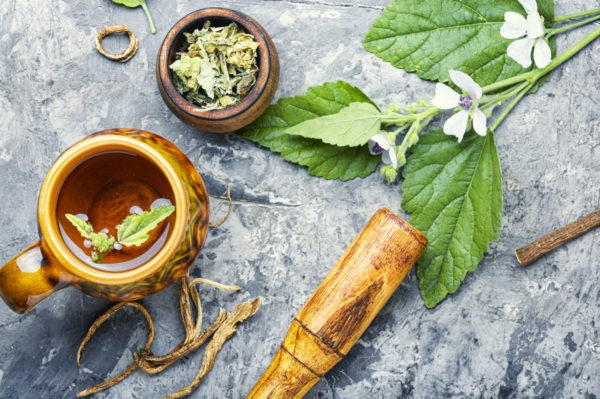
Traditional herbal smoking blends consist of three parts: base herbs, supportive herbs, and flavoring herbs.
- Base herbs tend to be light, stringy, or fluffy; they serve as a cushion for other herbs.
- Supportive herbs, also refer to “kicker” herbs usually have more potency and can have positive benefits with anxiety, digestion, lungs and the nervous system.
- Whereas, flavoring herbs are designed to spark the taste buds & improve the aftertaste.
A small portion of astringent herbs (like Mugwort and Raspberry leaves below) can be added to smoking mixtures to give them more dryness & body.
Check out our list below to discover flavorful herbs to add in your smoking blends.
1. Mints
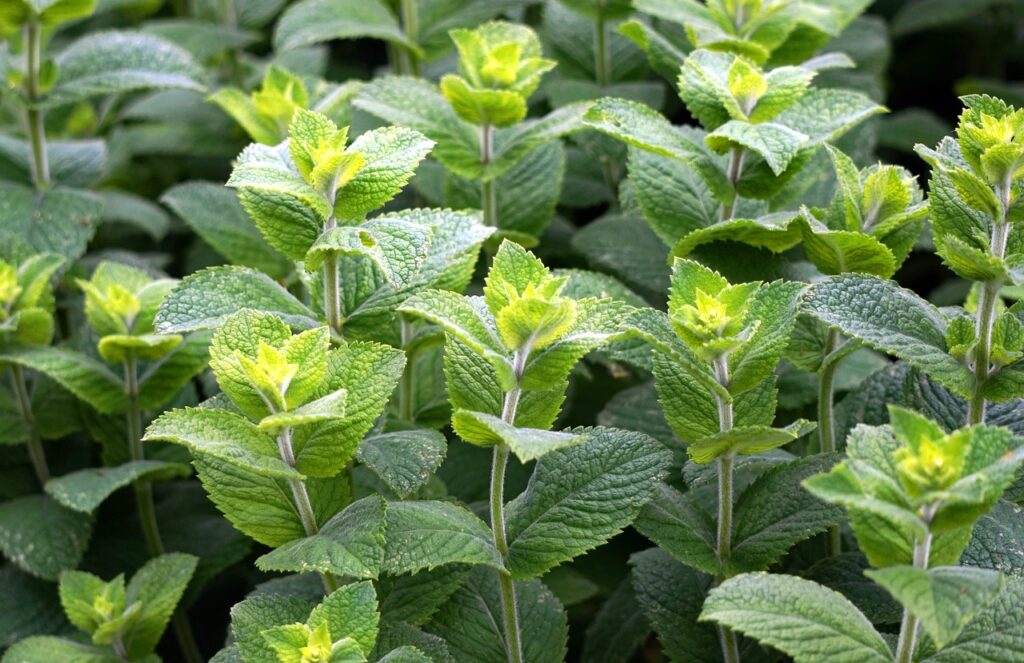
Mint is probably the most common herb used to flavor smoking mixtures. It has a refreshing menthol flavor. Peppermint and spearmint are the most common varieties of mint used in smoking blends. However, virtually any type of mint can be smoked.
Roughly 40% of your smoking mixture can consist of mint, a potent flavoring herb. Reduce this amount when adding multiple flavoring herbs. Mint smoke opens airways, making it easier for smokers to catch a breath. It also increases blood flow and relaxes the nervous system. It is no wonder this refreshing herb is used in everything from hookahs to prepacked cigarettes.
2. Lavender
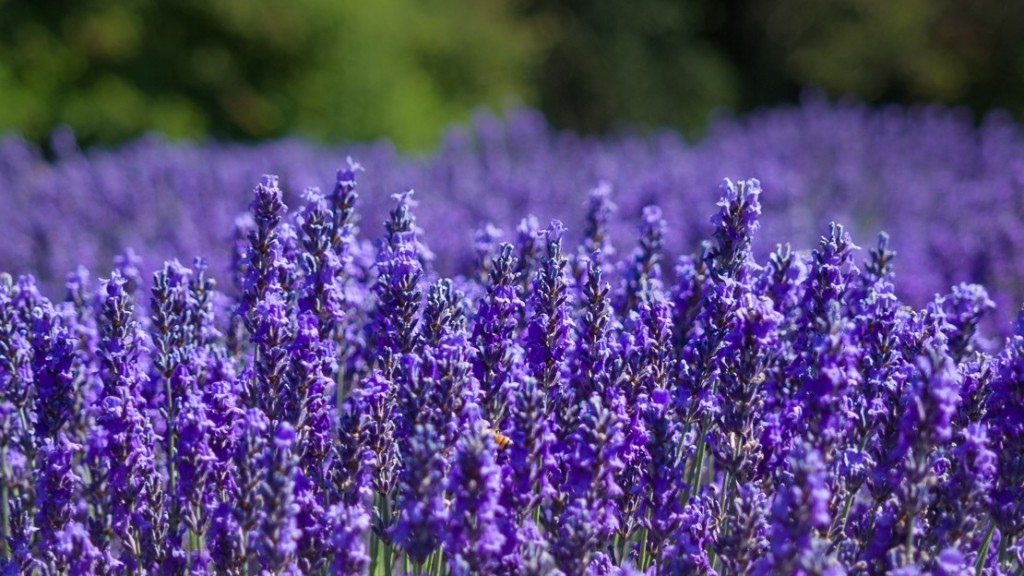
Lavender is a rich aromatic herb that is known for its relaxing, sleep-inducing, and pain-relieving qualities. It has a floral, sweet and sometimes soapy flavor. The dried flowers can be added (4%-15% of a blend) to smoking mixtures in moderation. You may also pound them with a mortar and pestle to release their beneficial oils before combustion.
While many people add lavender to bathes and salves, it is not the most common smoking blend additive. Still, scientists have had no trouble confirming the fact that lavender is relaxing. Since lavender and cannabis are both rich in linalool, the two plants pair quite nicely.
3. Lemon Balm
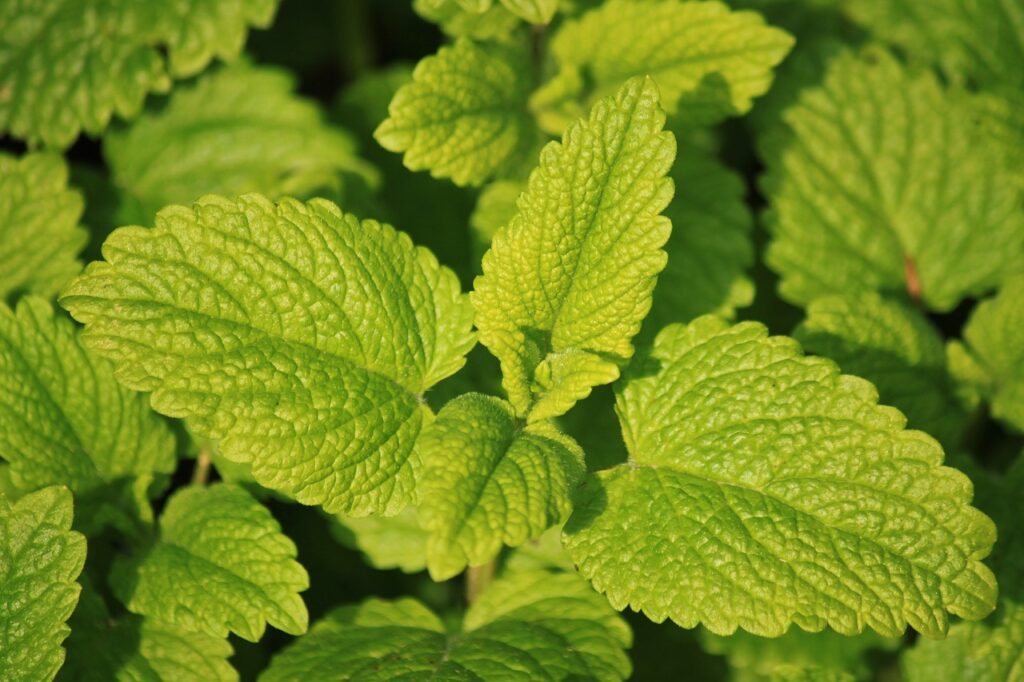
Lemon balm (Melissa officinalis) is a refreshing herb that is known to relieve blood circulation issues and headaches. It has a pleasant herbal flavor that is similar to citronella or lemon.
Lemon balm is a supportive herb. It can make up roughly 40% of a smoking blend. When smoked, lemon balm causes relaxation, lightheadedness, and sleepiness. Since it contains trace amounts of harmine, it is also known to have short-lived psychoactive effects. It can be paired with a wide range of herbs or cannabis to generate a mood-boosting smoking elixir.
4. Clove
Cloves are actually flower buds that are derived from a tree of the same name. These small aromatic herbs have a warm, spicy flavor like that of warm apple cider. In the smoking industry, the use of cloves was popularized by Clove Cigarettes, which consisted of tobacco, cloves, and other additives. However, these fragrant clusters are more likely to be used in culinary applications.
Small proportions (no more than 4%) of cloves can be added to smoking mixtures to improve their flavor and moisture content. Dried clove grounds may also be added to tobacco or cannabis to cover their scents.
Cloves contain a potent chemical called eugenol. Many scientists believe that eugenol reduces pain and inflammation. These herbs can cause the mouth and throat to become quite numb. They reduce stress, nervous system issues, and may even kill bacteria.
5. Dried Ginger
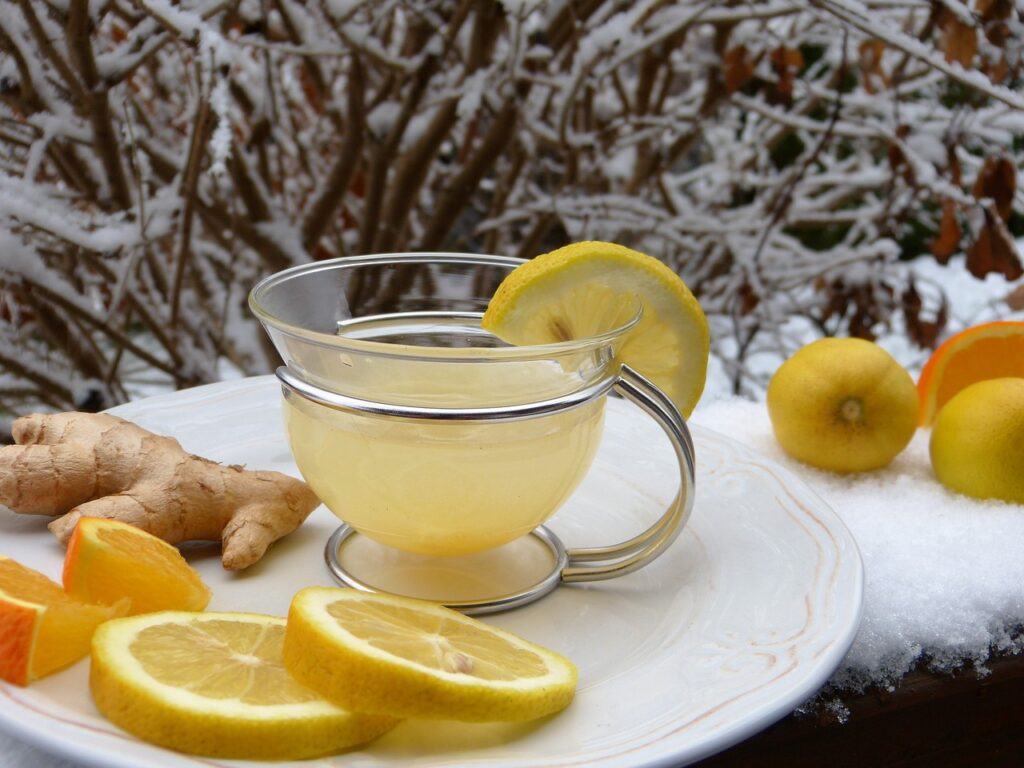
Ginger is a powerful root that is typically used for its spicy flavor and healing benefits. Dried ginger gives smoking mixtures a warm, peppery flavor. It pairs well with cloves, cinnamon, and peppermint.
Ginger extract is proven to improve the immune cells and antibodies in smokers and non-smokers.
Ginger should be added sparingly. Sprinkle no more than a small pinch (roughly 4% of your smoking blend) of dried, ground ginger into your smoking mixture.
6. Angelica Root
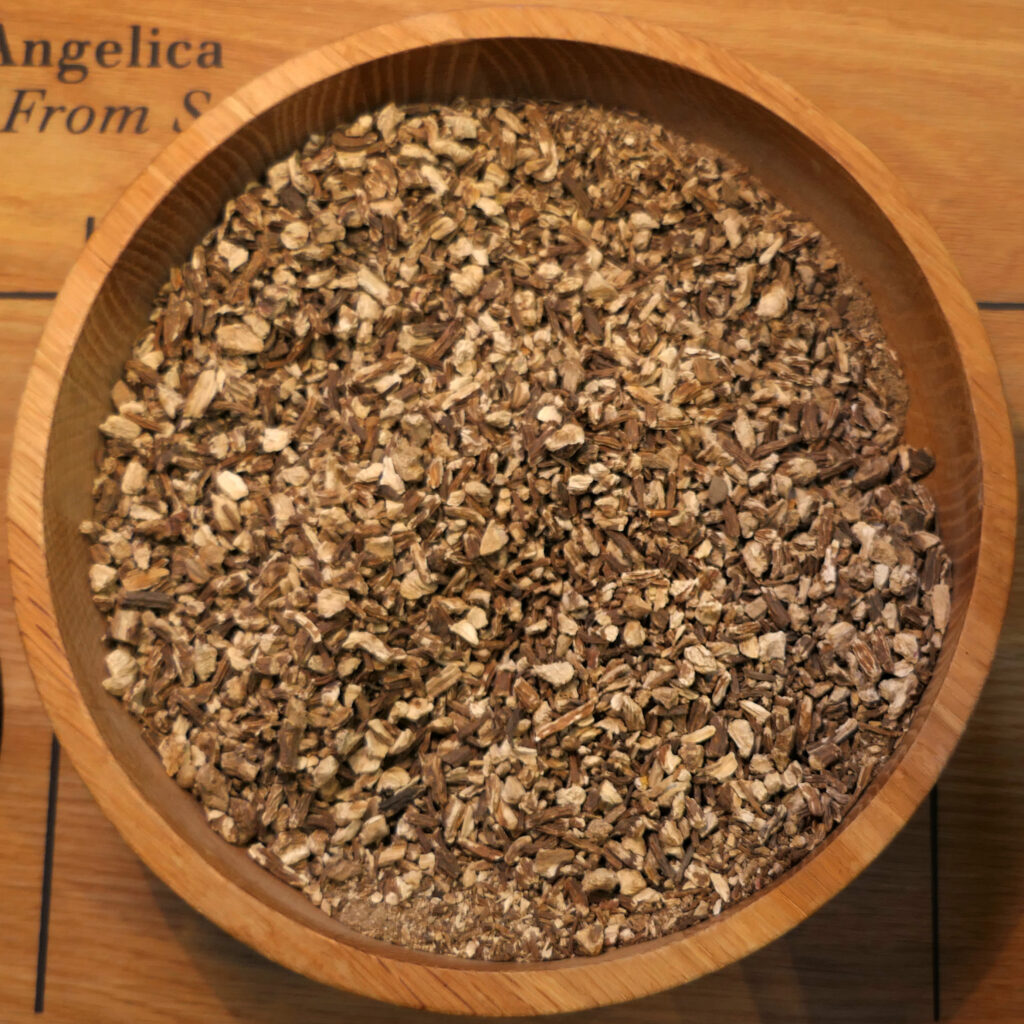
Angelica is a perennial herb that is native to the Northern Hemisphere. It has a mildly floral, earthy flavor. It is known to have widespread physiological effects and the ability to soothe digestive issues. This herb has been used in everything from traditional Chinese to North American tribal medicine.
You may add a small amount of dried, ground angelic roots (no more than 4%) to your smoking blends. It is a powerful antioxidant with detoxifying properties. It may even decrease smoker’s desire for nicotine or tobacco.
7. Rosemary
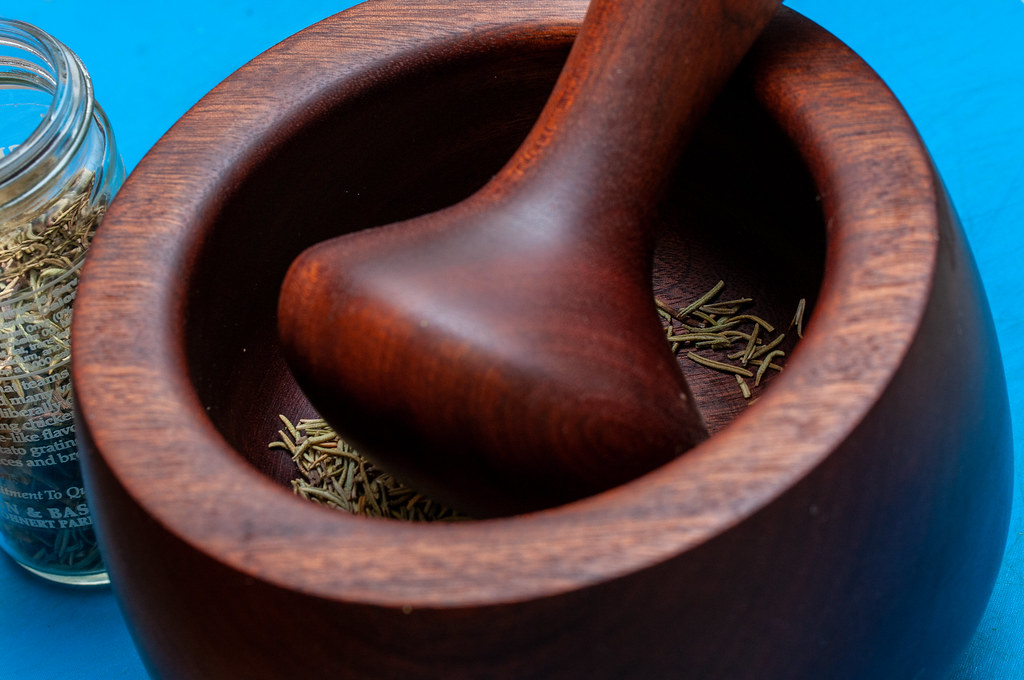
Rosemary tends to compliment the natural flavors of the cannabis flower. It also pairs well (when added in modest amounts) with most herbal smoking mixtures. Rosemary has a piney flavor with subtle citrus hints.
8. White Sage
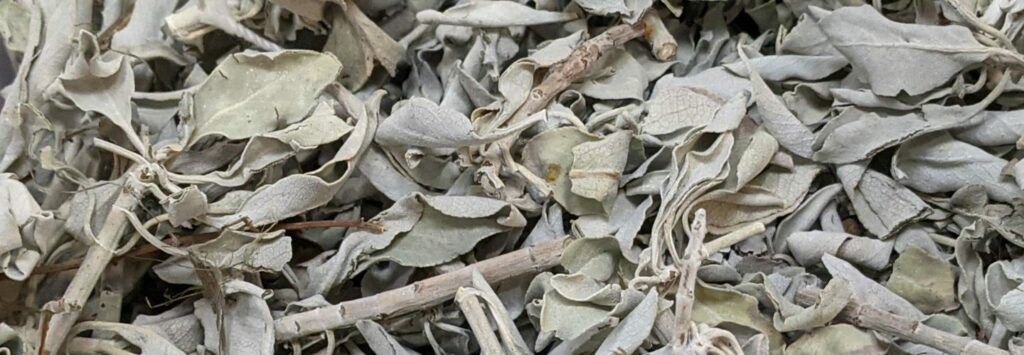
White sage is often added to smoking blends to improve their flavor and intensity. This potent herb can be added generously, making up 20% to 40% of a mixture. It is known to boost memory, promote relaxation, clear congestion, and improve the mood. White sage has a distinctive taste that could be poorly described as “woody mint”.
9. Mugwort
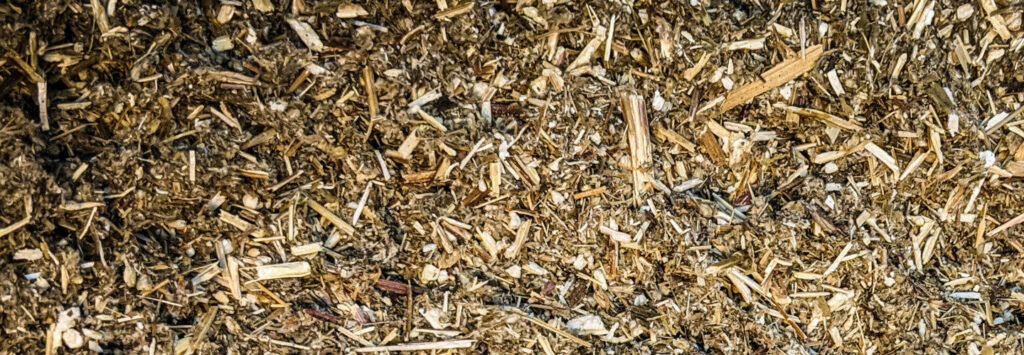
Mugwort, or Artemisia vulgaris, is known to increase the intensity and frequency of smoker’s dreams. The tall flowering plant is a member of the daisy family. It has an extensive medicinal history.
With over 3,000 years of recorded usage, mugwort has been used as a traditional acupuncture cureall, a menstrual cycle stimulator, a disinfectant, a digestive aid, and nearly everything in between.
Mugwort is often paired with cannabis to increase a user’s potential high. Mugwort is light, downy: the ideal foundation for any herbal smoking blend.
It has a slightly spicy, bitter, herbal flavor that is similar to sage. We recommend using 15% to 40% mugwort along with a range of supportive and flavoring herbs.
10. Rose
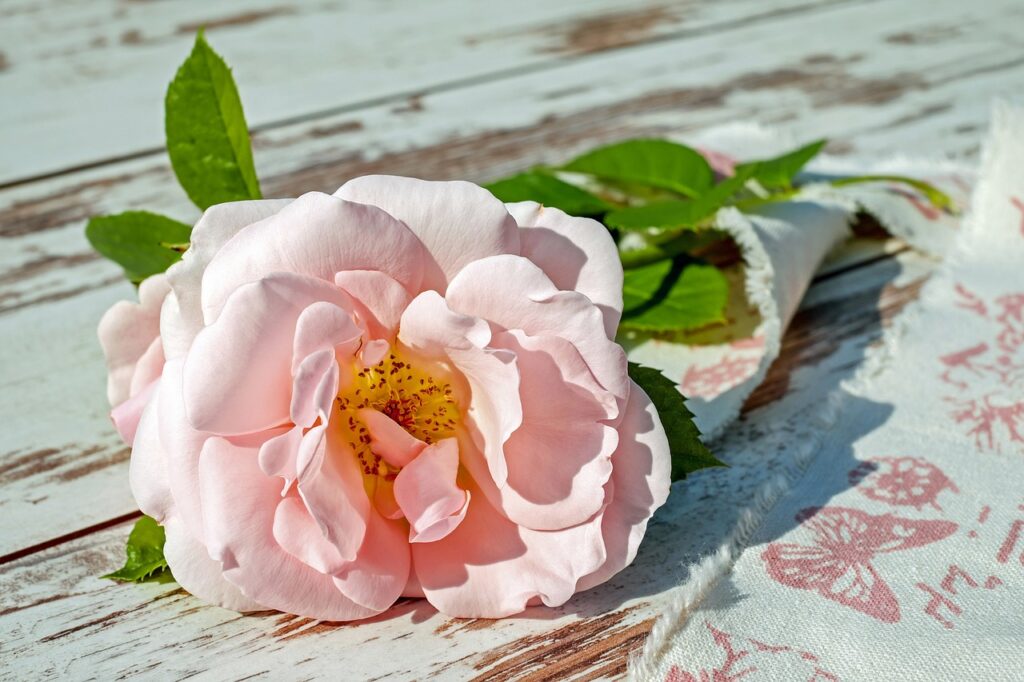
Dried rose petals add a sweet floral aroma to smoking blends. Rose is considered an aphrodisiac with mood- and body-improving qualities. The fragrant flowery scent of rose petals has made them a instantly popular alternative to traditional blunt papers. Rose petals have mood-elevating and digestion-aiding properties. Add a modest amount (no more than 20%) to your smoking blend to reap the benefits.
11. Raspberry Leaves
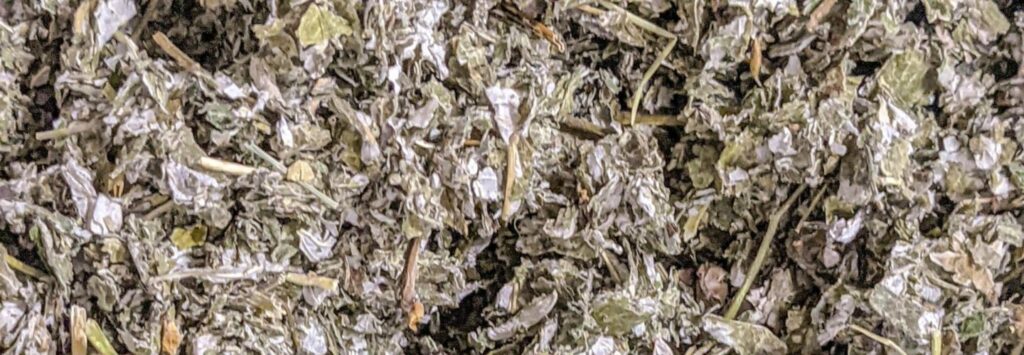
Raspberry leaves have an airy, neutral flavor when smoked. They serve as a light, fluffy base for supportive and flavoring herbs.
Raspberry leaves are can be smoked by individuals who are looking to recover from nicotine addiction. Raspberry leaves also contain several beneficial compounds, including tannins, vitamin B, vitamin C, and antioxidants. Due to their relaxing effects, they are traditionally used to relieve menstrual and stomach discomfort.
Over half of your smoking mixture can consist of raspberry leaves.
12. Licorice
Licorice root has a distinct herbal flavor, like that of sugar and wood. Outside of the United States, it is a common additive in prepackaged tobacco products. Many smokers believe that licorice blends nicely with tobacco and other base herbs. Licorice shreds will increase the moisture level of smoking blends.
You can boost the body and flavor of your smoking blend by adding a small amount of powdered or shredded licorice. Licorice root should make up no more than 4% of a smoking blend. It enhanced the flavor of smoking blends while reducing dryness in the mouth and throat.
13. Yerba Buena (Satureja Douglasii)
Yerba Buena is a fragrant crawling plant that is native to Northern Europe and North America. It has a strong, minty, menthol flavor and sometimes referred to as Indian mint. It cools the lungs and opens the respiratory system.
Yerba Buena should be used in moderation, making up anywhere from 12% to 40% of your smoking blend.
14. Anise
Anise is a flowering herb that is native to the Mediterranean region. It is cultivated for its seeds, which are dried and ground before they are added to smoking blends. The effects of anise are widespread; it has been known to heal inflammation, fungal infections, depression, flatulence, menopause, and even congestion.
Anise should be added sparingly, making up no more than 5% of your smoking blend.
15. Chamomile
Chamomile is a member of the daisy family and a common tobacco substitute. It has a distinct yet subtle flavor, like that of toned-down honey, apple, or melon. It is commonly consumed as a tea.
The benefits of this herb have been documented for thousands of years. Above all, chamomile supports
the nervous system. It aids relaxation and inhibits stress and anxiety. It can make up 40% of your smoking blend and may be paired with other supportive herbs.
Flavoring herbs can be used to improve both recreational and medicinal smoking blends. We hope this information made it easier for you to plan out your herbal smoking blends. After all, people have been smoking herbs since the dawn of time. Do you have a favorite herbal smoking blend? Let us know in the comment section below!

Leave a Reply